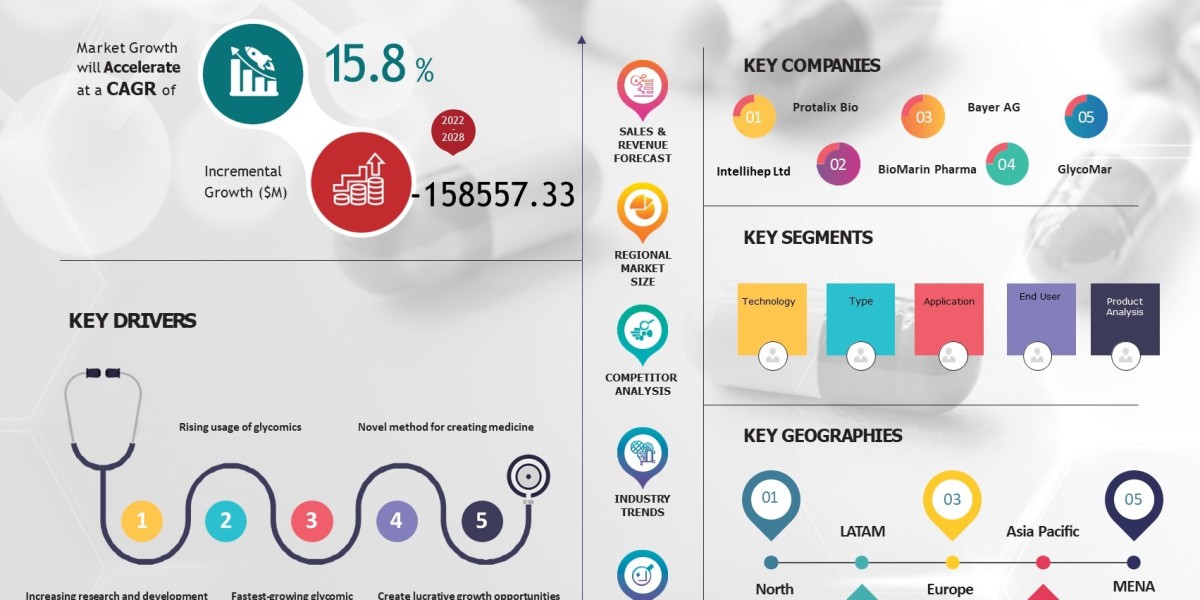In the ever-evolving landscape of the digital age, innovative methods of content distribution and user engagement are constantly emerging. One such trend that has gained significant attention is the "Sub2Unlock" strategy. This unique approach revolves around incentivizing users to subscribe to a creator's content in exchange for access to locked or exclusive content. While it holds the promise of increased subscriber counts and engagement, the "Sub2Unlock" method also raises ethical concerns and challenges traditional content sharing norms.
The Mechanics Behind "Sub2Unlock"
At its core, the "Sub2Unlock" concept is quite straightforward. Creators, primarily on platforms like YouTube and social media, offer exclusive content or downloads to users who subscribe to their channel or account. This approach seeks to capitalize on the human desire for exclusivity and curiosity. Creators usually set a target number of subscribers, and once that number is reached, they unlock the promised content for all subscribers to access.
Creators often employ various tools and techniques to implement the "Sub2Unlock" strategy effectively. Third-party websites and plugins allow creators to create custom landing pages or links where users can unlock content after subscribing. Some creators even take it a step further by creating engaging teasers of the locked content, sparking curiosity among potential subscribers.
The Pros and Cons
Proponents of the "Sub2Unlock" strategy highlight several advantages. For creators, it can significantly boost subscriber numbers and channel visibility. As users actively share their excitement about the exclusive content, organic growth and word-of-mouth promotion can occur. Additionally, creators can use this approach to reward loyal subscribers, fostering a sense of community and appreciation.
However, the method isn't without controversy. Critics argue that "Sub2Unlock" manipulates users into subscribing merely for the sake of unlocking content, leading to inflated subscriber counts that don't necessarily represent engaged audiences. This can negatively impact a creator's overall metrics, such as engagement rates and view-to-subscriber ratios, which are crucial for attracting sponsorships and collaborations.
Ethical Considerations
The ethical implications of the "Sub2Unlock" strategy have ignited discussions within the creator community and among audiences. Some argue that it preys on users' curiosity and FOMO (fear of missing out), potentially misleading them into subscribing to content they wouldn't have otherwise. Critics liken this approach to clickbait tactics that prioritize short-term gains over authentic and sustainable relationships with subscribers.
Creators are faced with the challenge of maintaining a balance between engaging their audience and respecting their viewers' preferences. A transparent communication strategy becomes vital in addressing the expectations of subscribers and potential subscribers alike.
The "Sub2Unlock" phenomenon exemplifies the innovative ways content creators adapt to the ever-changing digital landscape. While it can yield positive results, such as increased subscribers and engagement, it's essential to approach this strategy with caution. Creators must weigh the short-term benefits against the potential long-term consequences of inflated subscriber counts and disengaged audiences.
As the debate on ethical content creation continues, it's crucial for creators to establish open lines of communication with their subscribers. Building genuine connections and delivering meaningful content remains the cornerstone of a successful and ethical creator-audience relationship, regardless of the tactics employed to attract subscribers.








